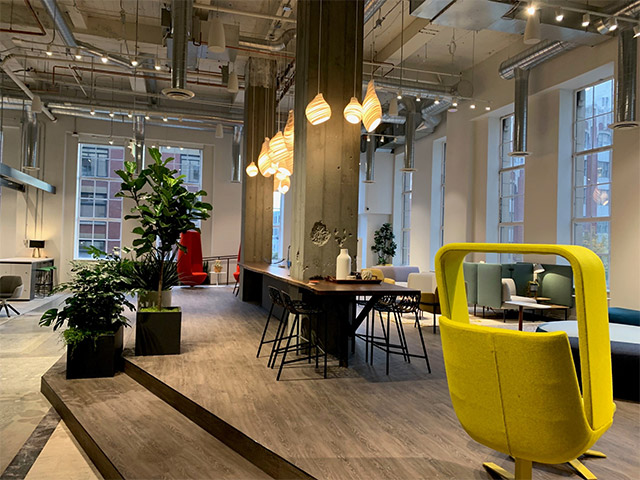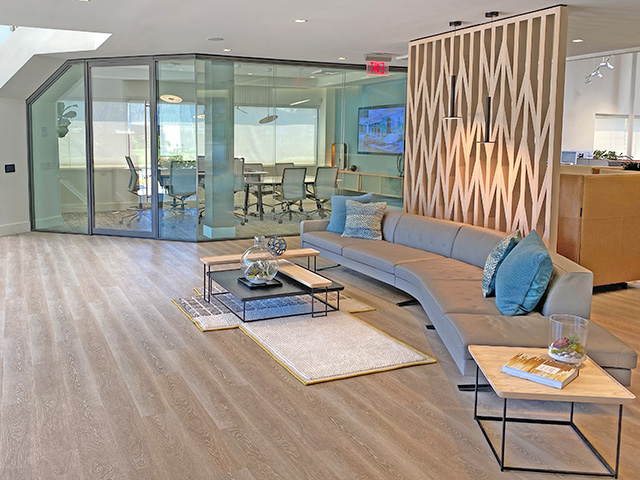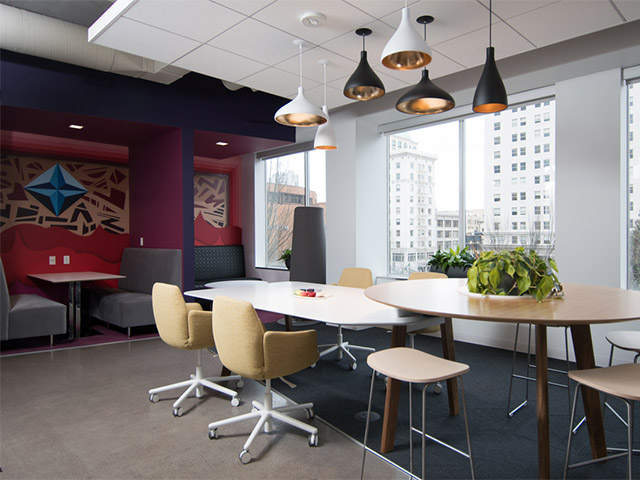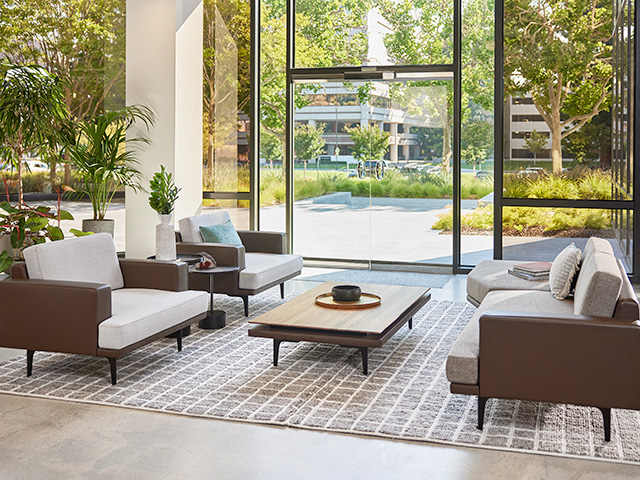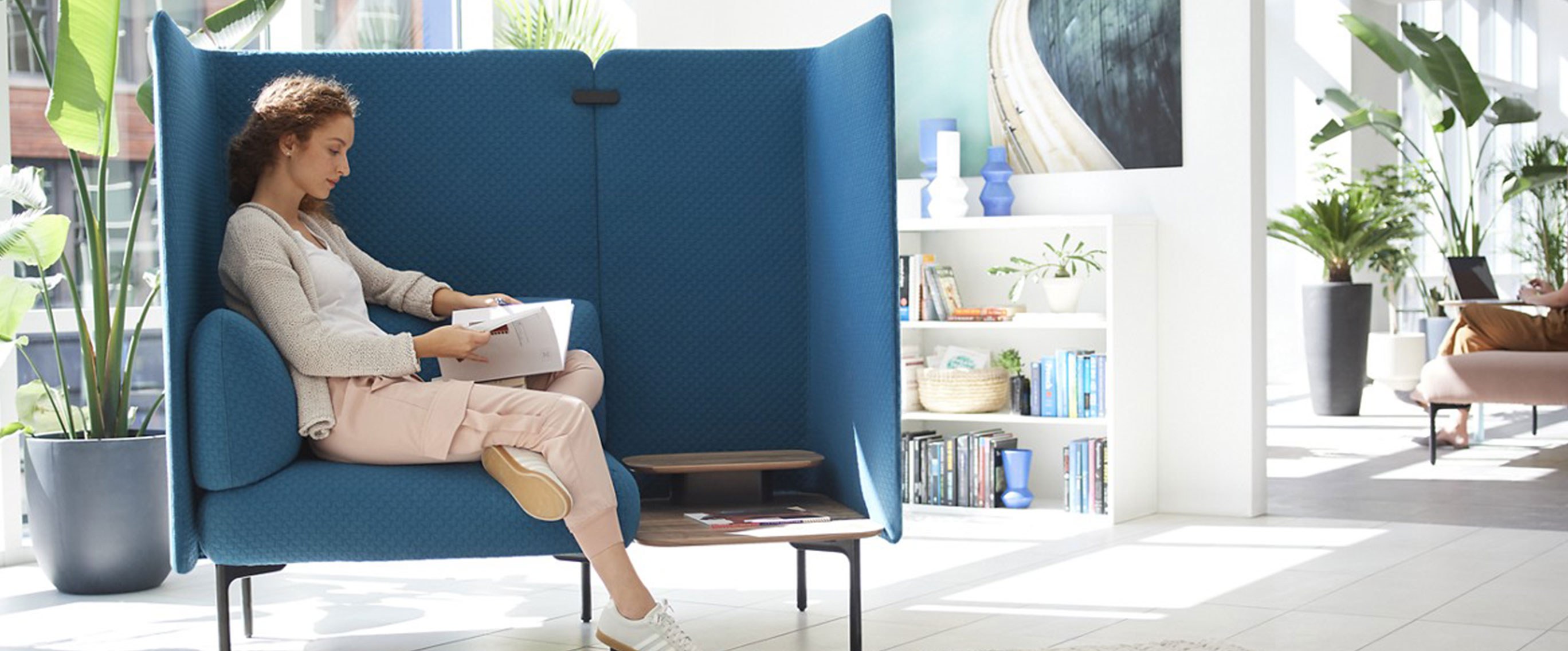
Designing Workspace for Neurodiversity
by Emme Ratcliffe
High energy, out-of-the-box thinkers, bold problem solvers, and above-average pattern recognition are all traits that can be used to describe a neurodivergent. Although one in eight people are neurodiverse, fewer than 50 percent are diagnosed, let alone aware of this. Diversity in the workplace allows a company to gain a competitive advantage without even realizing it.
“Too often, the neurodivergent are noted as under-performing. Feedback is often focused on what the individual needs to do to improve, instead of looking at environmental factors which could be limiting their ability to be successful.” – Helen Needham
What is Neurodiversity?
Judy Singer, a sociologist with autism, began using “neurodiversity” in the latter part of the 1990s. It refers to the belief that certain developmental disorders are normal variations in the brain. Such disabilities such as, but are not limited to - autism spectrum disorder, attention deficit hyperactivity disorder, social anxiety disorder, and dyslexia. And people who have these features also have particular strengths.
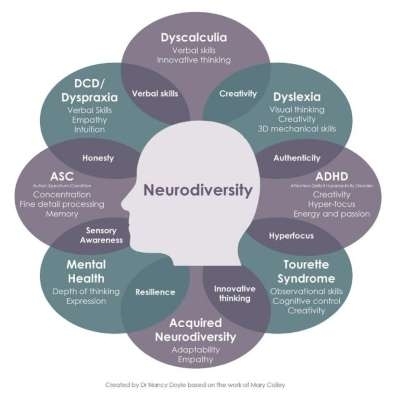
Attention deficit disorder and ADHD individuals typically think more originally, hyper-focus on tasks, have high levels of empathy and courage or think more creatively than a neurotypical person. While these are known to be disability qualities, they are just differently able.
Those with Dyspraxia are well in touch with using their innovative thinking to solve complex problems. They can bring new perspectives into an organization and are found to be a significant asset in the workplace. Those with dyslexia are more apt to perceive more visual information, which can be particularly useful in engineering or graphics. And those with autism tend to pay great attention to details, have great memories, and be data-driven.
Designing the Workspace for Neurodivergent Individuals
People with neurodivergent features often spend their time trying to adjust to their work environment. They may need to cope with their social impressions or find ways to block out distractions. How can an organization help?
The first step is ensuring the team and manager are aware of these qualities is most important when designing a space everyone can succeed in. Training employees on how to work with a neurodiverse individual or their needs is a sizable step in the right direction of working as a team to meet customers’ or clients’ needs.

Another step is the willingness to accommodate the workplace is another crucial component when having neurodiverse employees sensitive to temperature, smells, sounds, lighting, etc. These accommodations are typically manageable, such as quiet desks or private rooms for them to work at. Flexible schedules may be necessary for them to reach their goals within the company.
For example, those with autism have particular environmental needs to help them do their job. Such as:
- Acoustics – individuals with autism are extremely sensitive to sound. Better insulating the workspace with different types of acoustic products allows manipulation of sound pressure levels.
- Lighting – Light and color affect our moods, cognitive thinking, and behavior. By adding soft colors and earth tones while utilizing natural lighting, one can improve their team’s productivity
- Spatial configuration – Spaces that are more organized and more defined help the autistic mind process. Storage for non-essential items, subdividing walls or rooms, and the ability to reconfigure space allow the autistic mind to focus better. Provide a variety of spatial characters for team members to choose from.
- Materials – Extreme patterns, overwhelming colors, and visual clutter can create a high degree of sensory stimulation leading to overload. Utilizing organic patterns, colors, and natural elements (plants, water, and light) can relieve people.
- Other supports can include using written instructions, a smartphone, tablet, or whiteboard for reminders and schedules, or visual cues in the workplace.
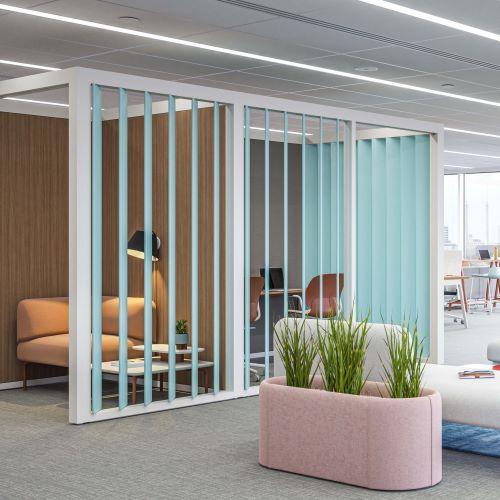
If you’re an employer, here are a few more tips on how to adjust for neurodiversity:
- Provide all onboarding employees a survey or menu of options, asking their preferences for things like sound, light, physical workspace, type of communication desired, methods for performance appraisals, and more. This allows neurodivergent employees to state their preferences and everyone else without feeling different or singled out.
- Create jobs for different kinds of workers.
- Allow for different work schedules and environments.
- Make a flexible work design (when, where, and how work happens) that welcomes people.
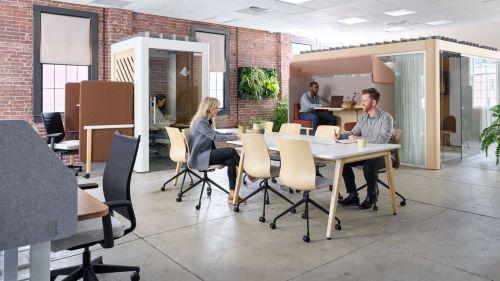
Let us help you in providing a diverse workplace for all!
FOR MORE INFORMATION, PLEASE CONTACT
Michelle Sample
marketing@peoplespace.com

